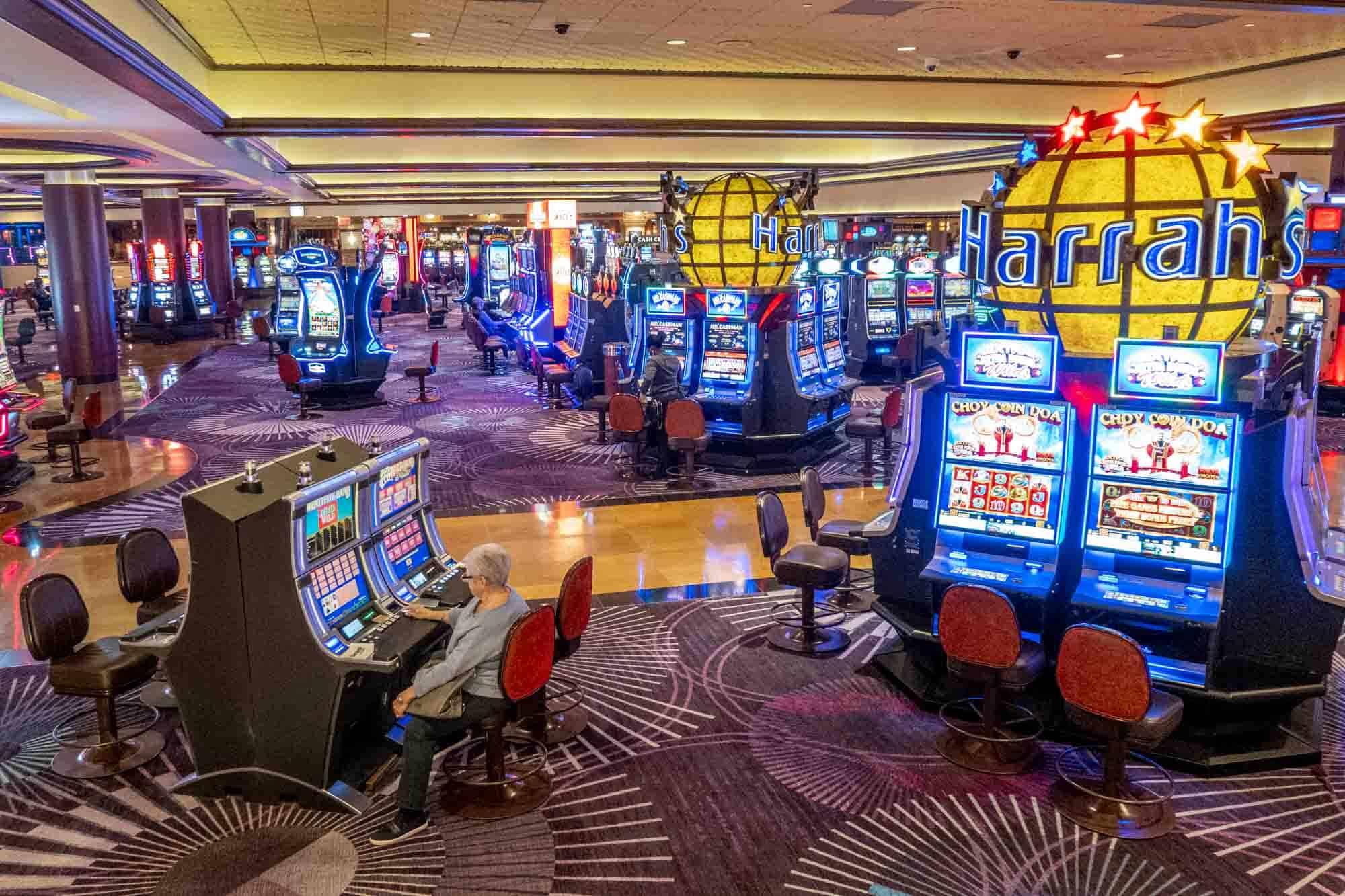When it comes to casino slots games, players often find themselves captivated by the flashing lights, intriguing themes, and the adrenaline of turning the reels. But behind the glamour and fascination lies an important concept that every player should understand: Return to Player, or RTP. This crucial metric holds great importance in influencing the amount of money you can expect to receive back over time, shaping your experience and strategy as you play.
RTP is commonly stated as a percent and indicates the average amount of money returned to players compared to the overall stakes. For instance, if a slot game has an RTP of ninety-five percent, it means that, on the average, players should anticipate receiving ninety-five dollars for every 100 dollars wagered. Understanding this concept can assist players in making educated decisions when deciding on slots to spin, ultimately boosting their enjoyment at the casino.
What exactly the definition of RTP?
RTP, also known as RTP, represents a significant element in the field of casino slots games. It represents the proportion of all wagered money which a slot machine is programmed to refund to players in the long run. For example, if a specific slot has an RTP of 95%, this means that, in theory, players are likely to get back ninety-five dollars for every 100 dollars placed in the long run. Knowing RTP helps players analyze the likely gains of various slot games.
RTP does not serve as a guarantee of individual wins but instead an average determined over many spins. Individual players’ experience may differ significantly because of the luck intrinsic in slot machines. A higher RTP suggests more favorable odds for the player, thus making it a critical aspect to consider when selecting the slots to play. However, even with high RTP, there can be phases during which players encounter losses, as randomness plays a significant role.
It should also be noted that different slots have different RTP percentages. Some games may have a smaller RTP because of a significant enjoyment or distinct elements, while others maintain a higher percentage to entice more cautious players. Comprehending RTP empowers players to take informed decisions about their play strategies and manage their funds wisely while experiencing the thrill of casino slots games.
How Return to Player is Being Determined
The Return to Player, or Return to Player, represents a key indicator within the realm of gambling slots games. It denotes the ratio of all wagered money that a slot machine is expected to return to players over time. Comprehending how this measurement can be calculated requires insight of the dual aspects of the slot’s architecture as well as its payout structure. This return value is calculated through complex algorithms and data evaluation performed in the course of the game creation phase. Game creators consider various factors, including the likelihood of winning outcomes as well as the size for returns on every outcome.
To compute RTP, the creators model a significant number in terms of rotations on the game. Such simulations aid determine the average amount that typically, a gambler is likely to earn according to their bets. For example, if a slot game boasts an RTP of 95%, this means that, theoretically, for every $100 bet, gamblers should anticipate receive ninety-five dollars back in the long term. That figure doesn’t represent the amount a player might receive during a one session and during a few spins; instead, it shows overall return projections.
RTP values tend to be usually disclosed by the gaming house and game creator. Players must consistently look for such data while selecting a slot game, because it has the potential to affect their overall enjoyment. A greater RTP usually indicates a better chance of winning back a segment of wagered money, even though individual plays may differ considerably. Understanding this concept can help gamblers make informed decisions and enhance their overall enjoyment within the realm of slot games.
Importance of RTP in Gaming
Comprehending the Return to Player or RTP is crucial for any player involved in gambling on slots. Return to Player refers to the proportion of total bets that a game is designed to return to gamers over time. A higher Return to Player means that players can anticipate receiving a bigger share of their bets back, making it an important factor for those looking to enhance their gaming experience. Understanding this number helps players make smart choices about which games to play, as it can significantly affect their chances of winning.

Additionally, RTP holds a central role in the overall equity and clarity of slot games. Players are often drawn to slots with higher return rates because they provide a better chance of winning over the long term. Casinos and game developers use Return to Player as a marketing tool to attract gamers, ensuring they maintain a competitive edge in the growing gambling industry. By understanding of Return to Player, players can choose games that match with their comfort level and gaming goals.
Ultimately, the concept of RTP promotes responsible gaming practices. By understanding that not all slots will provide short-term winnings and that RTP is based on extended play, players can regulate their anticipations and gambling behavior effectively. BL555 This understanding enhances the enjoyment of casino slots while promoting a more balanced gambling landscape. Players who grasp the importance of RTP are more prone to have a more satisfying time and reduce the chances of gambling issues.